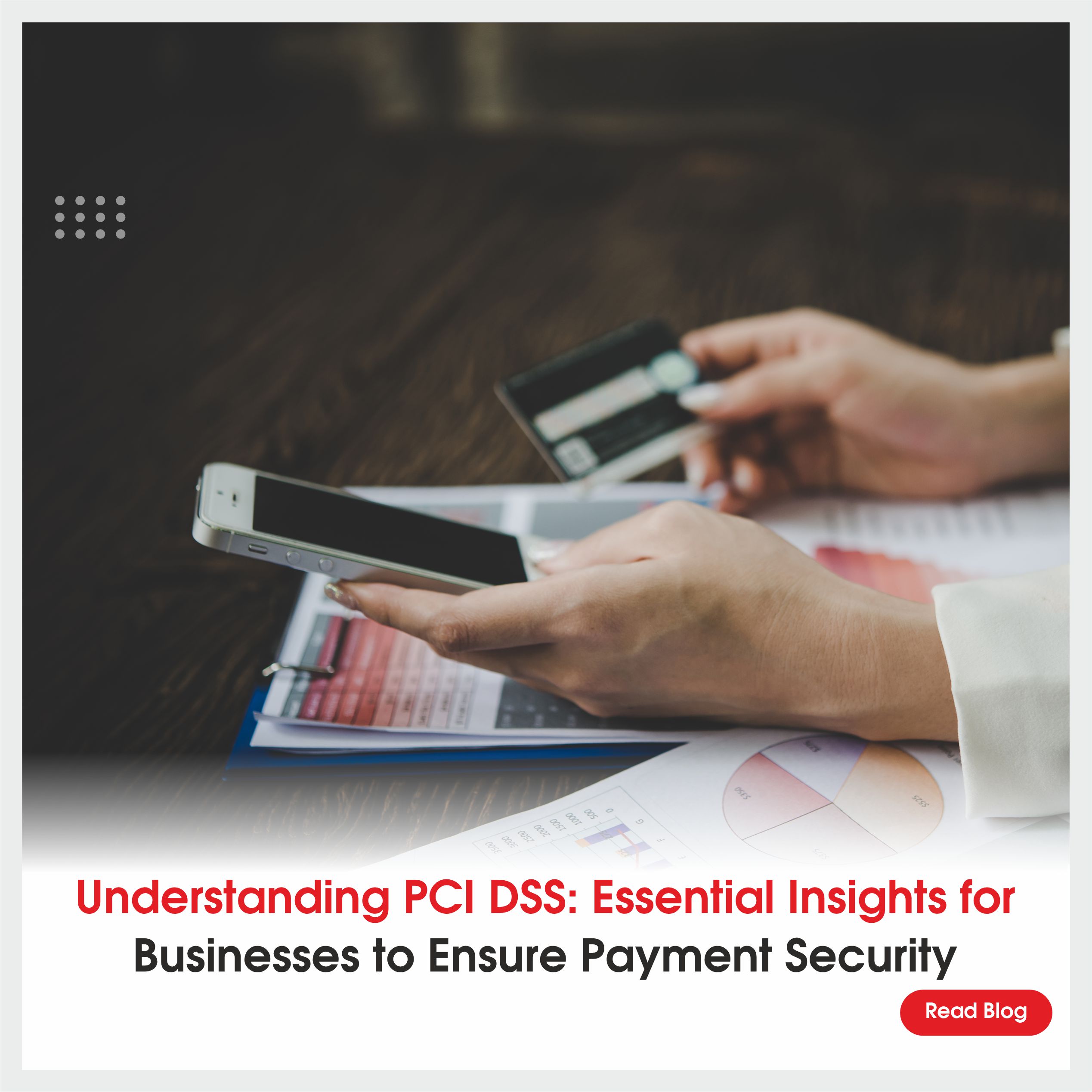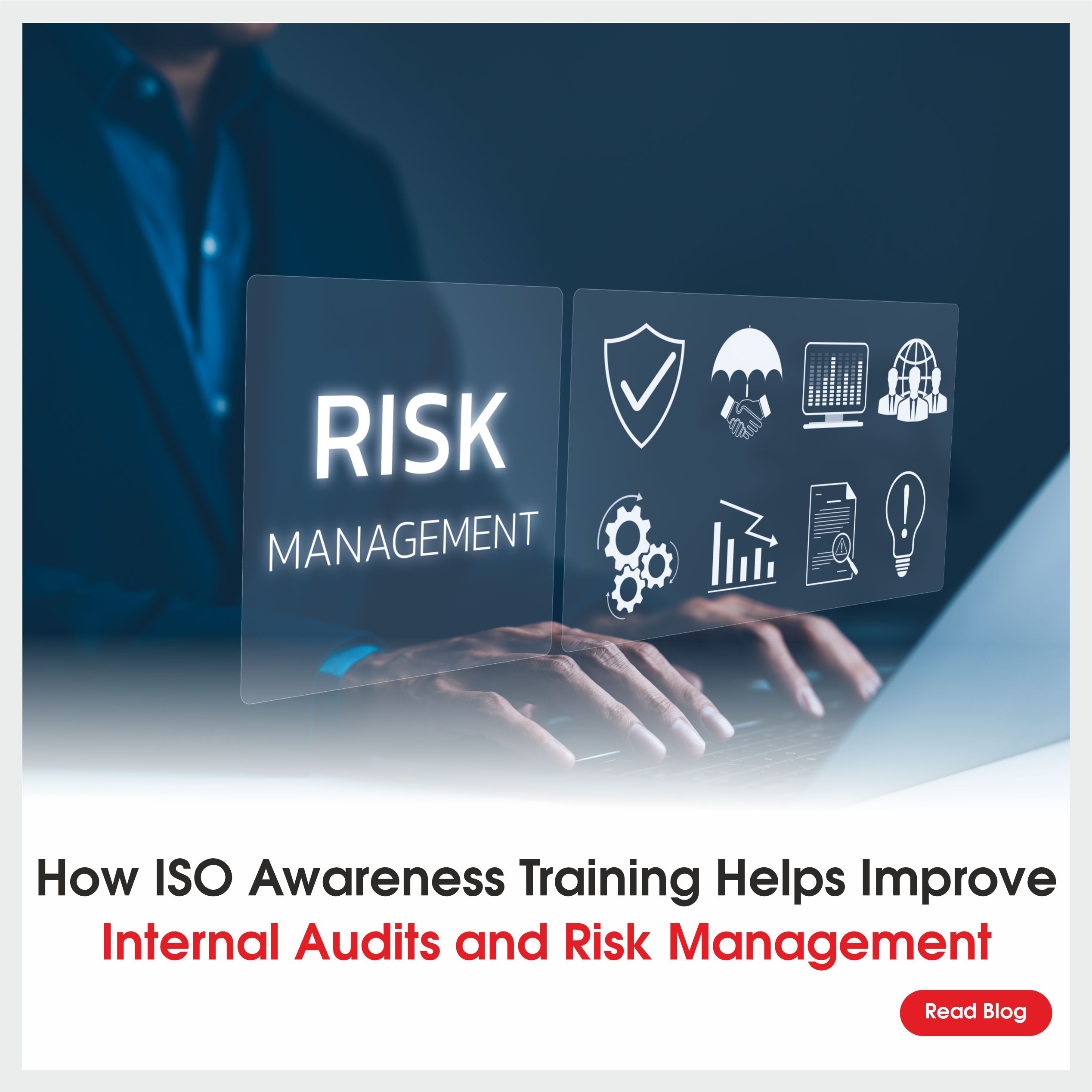In today’s digital economy, where online transactions are prevalent, guaranteeing payment data security has become critical. Businesses of all sizes has to to comply to high security standards with the goal to protect client data from potential breaches. Among these standards, the Payment Card Industry Data Security Standard (PCI DSS) is a critical framework for protecting payment information. In this blog, we’re going to take a peek at what PCI DSS is, why it’s important, what its basic requirements are, and how organizations can overcome challenges to achieve compliance effectively.
Introduction to PCI DSS: What You Need to Know
The Payment Card Industry Data Security Standard (PCI DSS) is an internationally recognized set of security standards that ensure, businesses handle cardholder data securely. PCI DSS, created by major credit card companies such as Visa, Mastercard, and American Express, seeks to prevent fraud and data breaches in payment card transactions. Whether you’re a small retailer or a large e-commerce platform, complying with PCI DSS is not only a regulatory requirement, but also a critical step toward maintaining customer trust.
Noncompliance with PCI DSS may lead to serious consequences, such as large fines, reputational damage, and loss of customer loyalty. As a result, understanding and implementing PCI DSS requirements is critical for businesses handling payment card data.
The Core Requirements of PCI DSS: A Breakdown of Each Requirement
Here’s a simple breakdown of PCI DSS core requirements :-
Create and maintain a secure network –
- Set up and maintain a firewall to safeguard cardholder data.
- Refrain from using vendor-supplied default passwords and security settings.
Protect cardholder data –
- Encrypt cardholder data for transmission over public networks.
- Use strong encryption and tokenization techniques to secure stored data.
Maintain a vulnerability management program –
- Regularly update anti-virus software.
- Ensure system and application security by promptly applying patches.
Implement Strong Access Control Measures –
- Restrict cardholder data access to only those who need to know.
- Assign unique IDs to all computer users.
Regularly monitor and test networks –
- Monitor access to network resources and cardholder data.
- Conduct frequent security testing to detect weaknesses.
Maintain an information security policy –
- Implement a comprehensive security policy that covers all elements of data protection.
By following these policies, organizations can build a strong foundation to protect payment data from illegal access.
The Importance of PCI DSS Compliance for Businesses of All Sizes
Fulfilling PCI DSS standards serves two essential purposes because it builds customer confidence while supporting ongoing business success. Here’s why compliance matters:
- Protecting Customer Trust: Businesses which focus on protecting customer data build stronger trust with their customers who will choose to make transactions. Payment data security receives the highest priority from businesses which follow PCI DSS compliance practices.
- Avoiding Financial Penalties: Failure to meet payment card network requirements leads to large financial penalties that small businesses and enterprises must bear.
- Mitigating Risks: The implementation of compliance reduces the chance of data breaches preserving your organization from financial penalties as well as harm to its reputation.
- Staying Competitive: Proof of PCI DSS compliance is mandatory for business agreement initiation with partners and customers therefore demonstrating achievement of PCI DSS standards becomes necessary for maintaining market competitiveness.
Small businesses alongside large corporations gain operational protection and customer relationship enhancement by following PCI DSS standards.
Common Challenges in Achieving PCI DSS Compliance and How to Overcome Them
While the advantages of PCI DSS compliance are obvious, achieving it is not without difficulty. Here are some frequent challenges and how to overcome them:
Cost of Compliance: Implementing appropriate security measures can be expensive, particularly for small firms.
- Solution: Invest in scalable compliance solutions based on your business size and needs. Consider cloud-based services for lower infrastructure costs.
Complexity of requirements: The 12 requirements might be onerous, especially for organizations that lack specialized IT personnel.
- Solution: Work with professional consultants or Managed Security Service Providers (MSSPs) to guide you through the compliance process.
Employee Awareness: Human mistake plays a big role in data breaches.
- Solution: Conduct frequent training sessions to educate staff on data security best practices and their role in compliance.
Keeping Up with Updates: As PCI DSS rules evolve to meet new security threats, maintaining compliance becomes increasingly difficult.
- Solution: Utilize automated monitoring and reporting technologies to stay up-to-date on requirements.
By confronting such challenges head on, businesses may shorten their compliance journey and defend themselves from evolving risks.
The Role of Technology in Facilitating PCI DSS Compliance Efforts
Businesses need technology infrastructure to achieve PCI DSS compliance because it serves as a critical element throughout their compliance journey. Here’s how:
- PCI DSS Tools and Software Solutions: A wide range of software tools is available to help organizations address compliance requirements using vulnerability scanners while providing encryption tools and access control systems.
- Automated Compliance Processes: The implementation of automation enables safe operations through the process optimization of logging requirements and system monitoring and reporting responsibilities.
- Monitoring and Reporting Solutions: Real-time network activity visibility from modern monitoring tools allows companies to identify security threats so businesses can respond instantly.
- Secure Payment Gateways: Businesses that adopt secure payment gateways equipped with PCI DSS compliance features reduce their workload substantially
Businesses benefit from both regulatory compliance and enhanced operational security when they dedicate funds towards appropriate technological solutions.
Conclusion: Taking Action Towards Achieving PCI DSS Compliance
In an era of constant cyber threats, obtaining PCI DSS compliance is no longer optional for organizations that handle payment data. Businesses can provide a secure environment for their consumers and reduce the risk of data breaches by understanding the basic requirements, tackling common obstacles, and using technology.
Taking action now to prioritize PCI DSS compliance will not only prevent your company’s financial and reputational risks, but will also foster customer trust, assuring long-term growth and success. Remember, payment security is more than simply compliance; it is about protecting your company’s future and the trust of people who rely on it.




